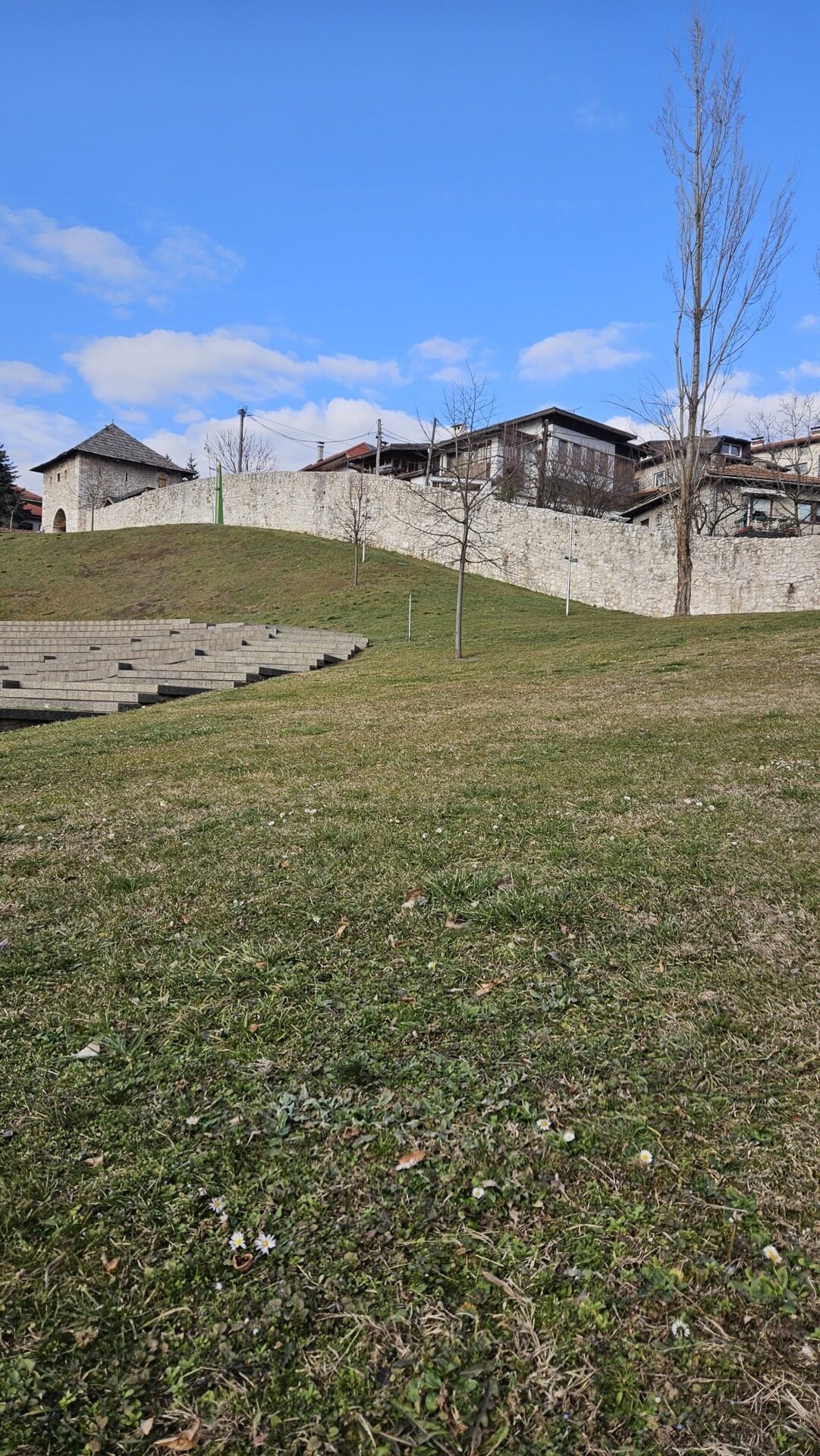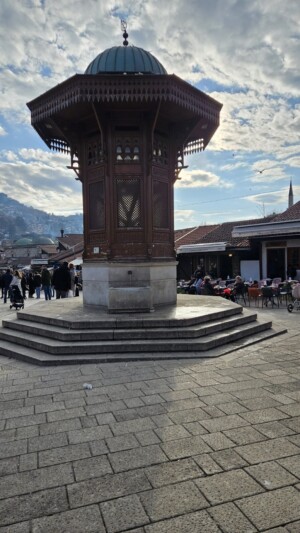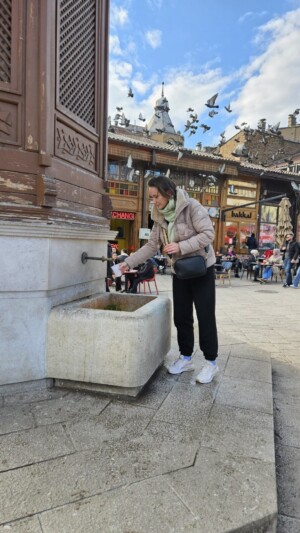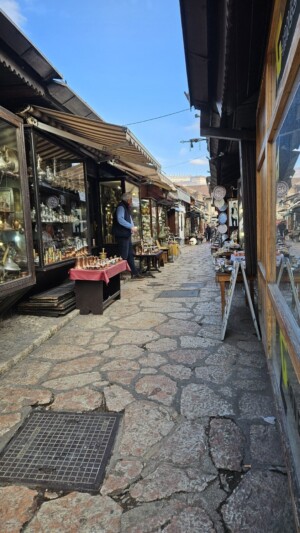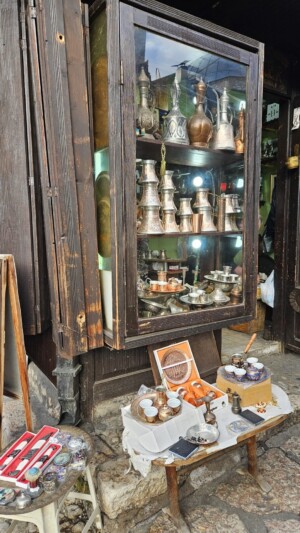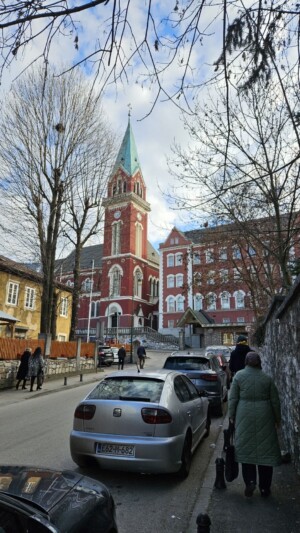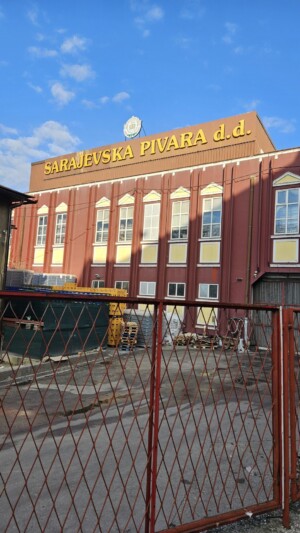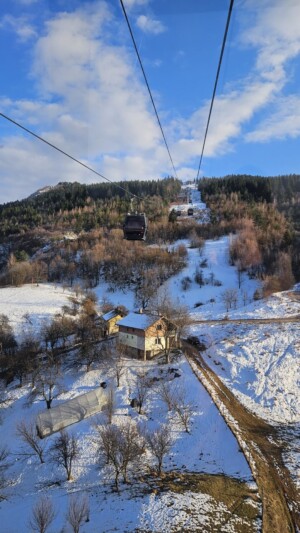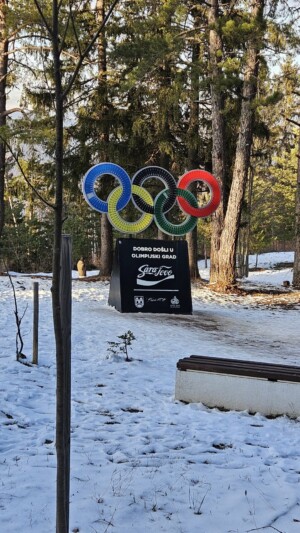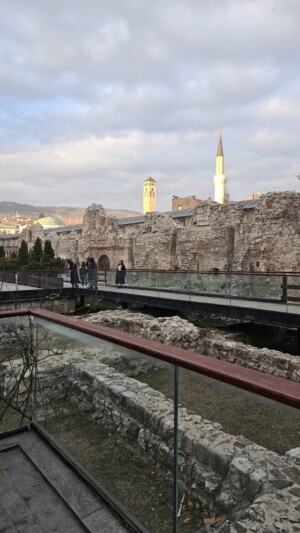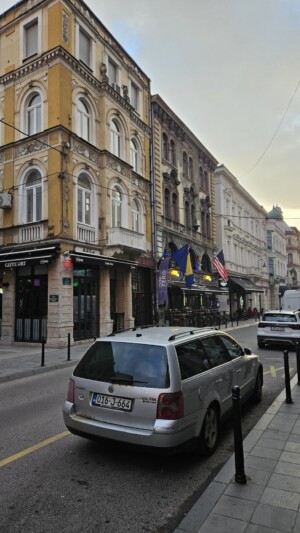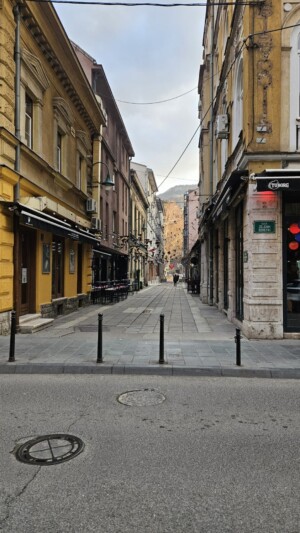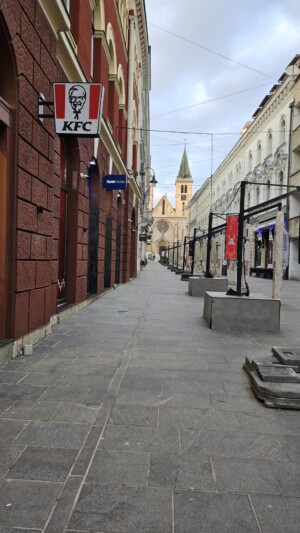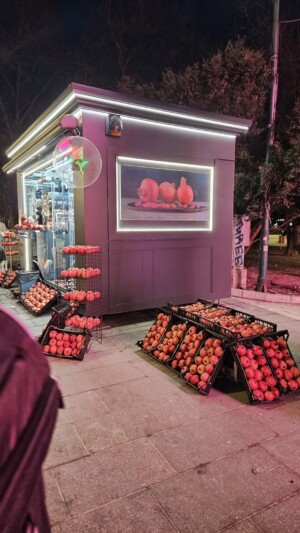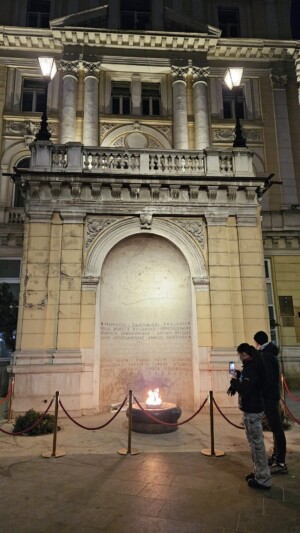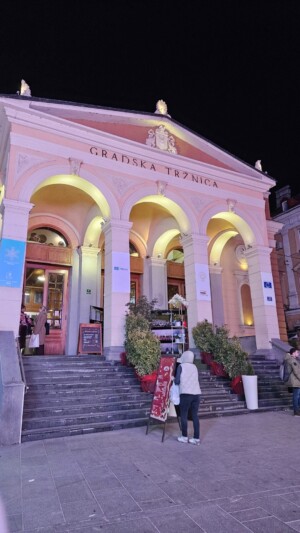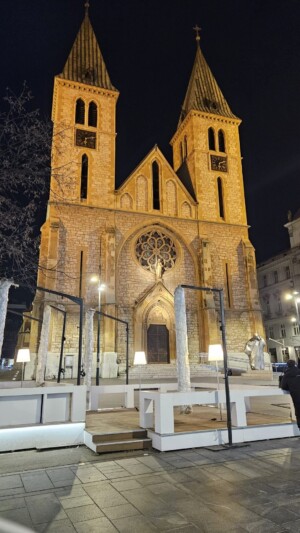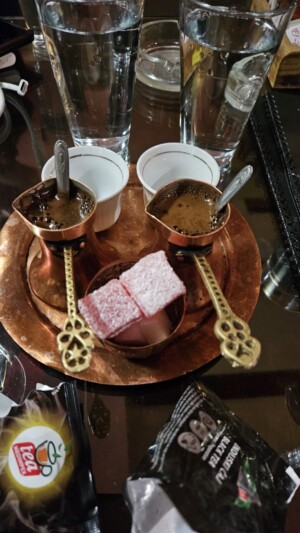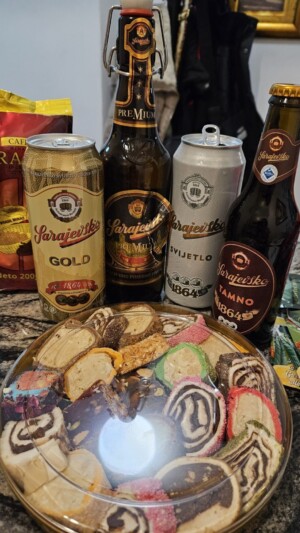Day 1
As you understand, 3 days 3 days (from February 22, 2025 to February 24, 2025) of travel are very difficult to fit into a short post, or rather impossible. Therefore, I apologize in advance for the size of the text and emotionality. The trip was truly unforgettable.
I want to give you a heads up that this series of posts about Starlight’s trip to Sarajevo, Bosnia and Herzegovina, will be unusually lively and genuine. At the same time, I’ll try to provide as much practical information as possible so that you can quickly and efficiently plan your own trip. Let me know in the comments if you like this format or not.
So, we left Podgorica early on Saturday morning around 8 AM. Our route took us through various towns such as Nikšić, Plužine , Trnovo , and we crossed the border at Šćepan Polje . The journey was supposed to take about 4 hours, covering approximately 200 km.
The weather was great, sunny, but we anticipated a bit of frost in the north. We had prepared thoroughly for the trip. One of our friends, not an avid driver, spent the previous evening searching for and buying chains for the wheels, which are necessary this time of year when traveling to the northern parts of the country.
For a long time, everything went smoothly, we drove on a beautiful road (road widening work did not affect our route at all). There were a lot of tunnels along the way, which were unequipped and unlit. Due to the temperature difference over the pass, a huge number of large icicles had formed, which quite worried us. Periodically, we also encountered rocks of various sizes falling from the slopes, despite the presence of protective nets. We reached the town of Plužine quite energetically. But then something unpleasant happened – we hit a rock, and it punctured our tire. We only found out about this after driving a few hundred meters, having stopped at a viewpoint overlooking the Piva Lake.
The guys quickly installed the spare tire – our respects to Greenja, and we had to decide what to do next. There were hardly any towns along the way, and certainly none with a tire service. We decided to head back to Plužine, a small town with a population of 1,500. Once we got to the gas station, we asked a local about a tire service. The man was very kind, and I must emphasize that the locals are incredibly generous and always ready to help. It turned out he had called the tire service worker to check if he was working. About 200 meters from the gas station, we reached the tire service—Service Guma—and waited about 10 minutes for the worker. He was a bit unhappy about having to work on a Saturday, but that’s life, right?
It turned out the tire was beyond repair—the puncture was too extensive—and we had to buy a “new” used tire, even a summer one. We had no other options, so we were grateful for that.
The rest of the trip to the border went without any incidents. There was no line at the border, but there was a very unreliable-looking wooden car bridge over the Tara River.
Then, it was a wonderfully delightful two hours through the canyon of the Drina River. By 2 PM, we had arrived at our destination—Sarajevo, Lubina Street.
So, my first impression of the city: it’s nestled on hills and surrounded by mountains, with numerous cemeteries, predominantly Muslim ones. Our GPS led us to our destination through the bypass, the private sector being very tidy, clean, and densely built. Our apartment was tucked deep within the private sector, close to the gate of the Walled city of Vratnik and near the Žuta Tabija (Yellow Fortress).
Sarajevo really is like a miniature Istanbul. There are many mosques, though the calls to prayer by muezzins are infrequent here, unlike in Istanbul where they are more frequent and louder. There’s a mosque near our apartment too, but I hardly remember hearing any calls to prayer from it.
At first glance, there seems to be no parking at all, so it’s essential to confirm this when booking. We were provided a parking space in a garage in the neighboring building. The apartment was excellent, warmed by heaters upon our arrival. It had a kitchenette with everything necessary, very comfortable beds, pillows, and of course, WiFi, although the furniture in the living room was a bit worn.
Once settled, we ventured out. Again, the location was excellent. It’s just a 10-minute walk to Baščaršija, the main tourist pedestrian street with souvenirs.
We had prepared a bit for the trip, so on the first day, we planned to visit the cable car. We were lucky with the weather, with half the day still ahead, and we set off on our walk. Amazed by the number of Muslim cemeteries and the variety of sweets and folk craft items, predominantly metalwork, sold around. Crossing the Latin Bridge, also known as Princip Bridge, it’s no surprise our route took us past the Sarajevo Brewery. Actually, it was just a coincidence.
A couple of facts. The choice of location is not accidental – in this area of Sarajevo, on Bistrica, there are springs of the purest water, which is important for brewing. (As a digression: during the siege of Sarajevo in 1992-1995, when the normal water supply was cut off, these springs became a real salvation. Water from the brewery was delivered to several areas of the city, and six points were set up around the plant where Sarajevo residents could get water). Now the assortment of the Sarajevo brewery: classic and premium beer, lemon-flavoured radler, non-alcoholic beer. In addition, there are juice and bottled drinking water production lines. Under license, they produce: Pepsi, 7Up. Lipton Iced Tea. Sarajevo beer is supplied to Austria, Croatia, Serbia, Montenegro, Switzerland, Macedonia and about half a dozen more countries.
The Sarajevska žičara is centrally located in the private sector and looks very modern, connecting the old part of the city with the mountain Trebević. Comfortable 8-seat enclosed cabins, no queues, and you can start your journey at any time, as the schedule only regulates the hours of operation. A round-trip ticket costs 30 KM. You can also buy a one-way ticket and walk down a comfortable road, about 4 km. Note that Sarajevo itself is situated at an altitude of 518 meters, while the mountain’s peak is at 1628 meters. The view from the top is stunning. The only thing we couldn’t find was the old Olympic bobsleigh track, but personally, I wasn’t disappointed. There was snow on the peak!
After our walk, we were, of course, hungry. There’s a KFC in Sarajevo! We had already enjoyed ćevapi and pljeskavica in Montenegro. After dinner, having walked along the tourist street and seeing various sights, we decided it was time for some Bosnian coffee and rakija. It turned out to be quite a challenge to find a cozy place with rakija in the center of Sarajevo. Still surprised by the number of coffee houses and sweet shops, we began our search. Note that all the eateries are very small, often with two floors, and almost everywhere, smoking inside is allowed.
Eventually, we found a small place with seven types of rakija and began our tasting. I left a good review on Google Maps ahead of time. They didn’t bring us a check, and they wanted to shortchange us for 10 km, but we were on our guard. And I’m sure the waiter was ashamed of his actions.
By the way, they almost never give out checks, you have to ask.
After relaxing, we headed home, stopping at a store to buy an assortment of products from the Sarajevo Brewery, paying no attention to the store hours—which we should have.
Prices for rakija started at 4 KM and up; we even saw some at 7 KM.
Then, we had a wonderful, heartfelt evening in the apartment with local beer and music by Dubioza kolektiv. For locations from the music video shoots, see a separate post.





